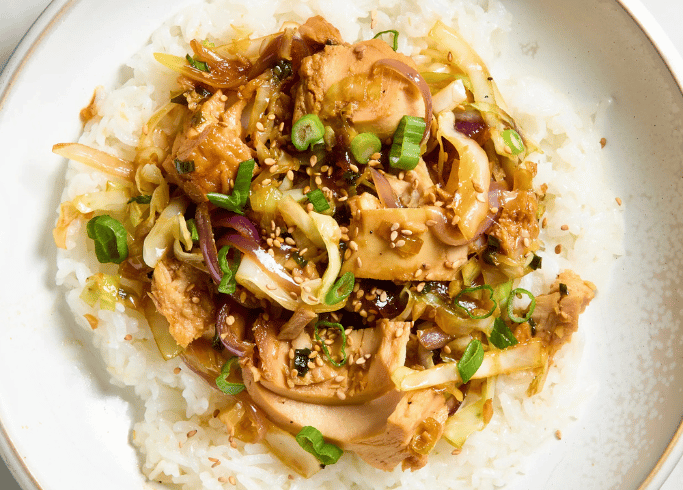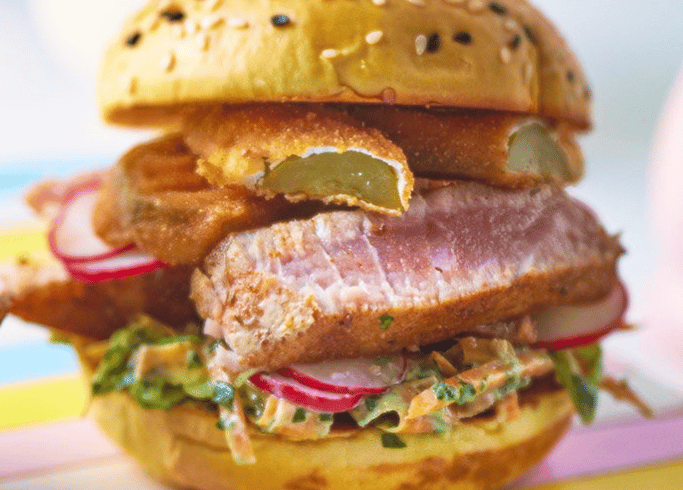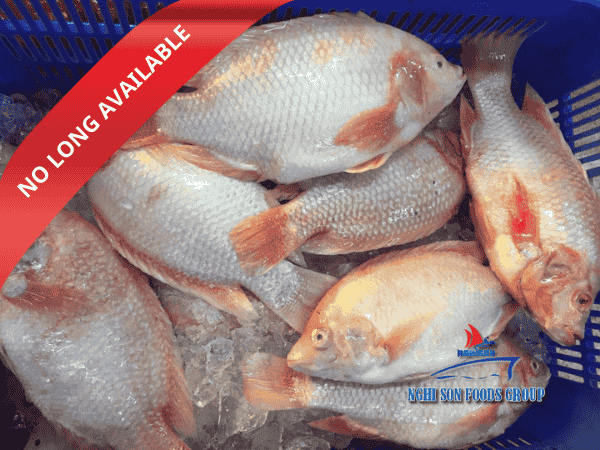Table of Contents
ToggleInitial Devastation and Slow Recovery
When COVID-19 prompted the closure of restaurants in mid-March, commercial fishermen in the Gulf of Mexico found themselves facing a sudden halt in demand for their fresh seafood. This situation had a significant impact on their operations and bottom line.
Buddy Guindon, the owner of a commercial fishing operation and Katie’s Seafood Market and Restaurant in Galveston, described the initial period as “gut-wrenching.” Sales plummeted from selling 50,000 fish per week to just 1,000 when restaurants closed their doors.

Reliance on Restaurant Sales
Guindon’s business heavily relied on selling fresh red snapper, grouper, and other Gulf fish to restaurants, both in Texas and beyond. With restaurants currently operating at around 50 percent capacity in Texas under Governor Greg Abbott’s reopening plan, commercial fishing has slowly regained momentum.
Wholesale sales have reached approximately 65 percent of their normal volume on a weekly basis. However, the weeks of shutdowns have left a notable impact on the fishing operation’s finances, requiring them to make up for the loss throughout the remaining months of 2020.
Quota Challenges and Market Recovery
Commercial fishing operations, including Guindon’s, are permitted to catch a specific quota of fish throughout the year. Currently, fishermen in the Gulf of Mexico are approximately 100,000 pounds below their average quota for this time of year. This deficit will need to be compensated for during the upcoming months. Guindon expressed that it is a matter of allowing the market to catch up with the needed sales volume.
Shrimping Business and Supply Stability
Commercial shrimping has been less affected by the pandemic compared to other seafood sectors. The majority of shrimp products are frozen for wholesale distribution to grocery stores. Milton Sampson, the owner of Sampson & Son’s fish market in Galveston, reported that his retail business was primarily impacted by a decline in visitors to Galveston Island, rather than supply and demand concerns. Fortunately, the initial crisis period coincided with a slower time for shrimping, preventing an oversupply.
Shrimp Market Challenges
While shrimp prices have remained relatively stable over the past year, the real challenges in the shrimping business stem from competition from suppliers in Central and South America. These operations can flood the market, leading to price and profit reductions. This competition poses a greater threat to the industry compared to the immediate impact of COVID-19.
Surging Retail Sales and Future Expectations
Despite the hardships faced, there was a positive outcome for Guindon’s business during the COVID-19 crisis. Katie’s Seafood Market experienced record-breaking retail sales, marking the highest volume in 27 years. The shift towards more people cooking at home led to increased interest in learning to prepare freshly caught Gulf fish.
Local customers rallied to support the business by spreading the word about their challenges. Guindon remains optimistic that the wholesale side of his business will eventually recover, barring any additional unforeseen events, though he acknowledges that there will always be changes and challenges to navigate in the industry.
In conclusion, the Gulf Coast commercial fishing industry experienced significant setbacks due to the COVID-19 pandemic, particularly with the closure of restaurants. While there has been a gradual recovery in sales and operations, challenges remain in meeting quotas and managing market conditions.
The shrimping sector faced fewer disruptions but continues to grapple with competitive pressures. On the bright side, increased retail sales and local support have provided some relief to seafood businesses, fostering optimism for the future.




















